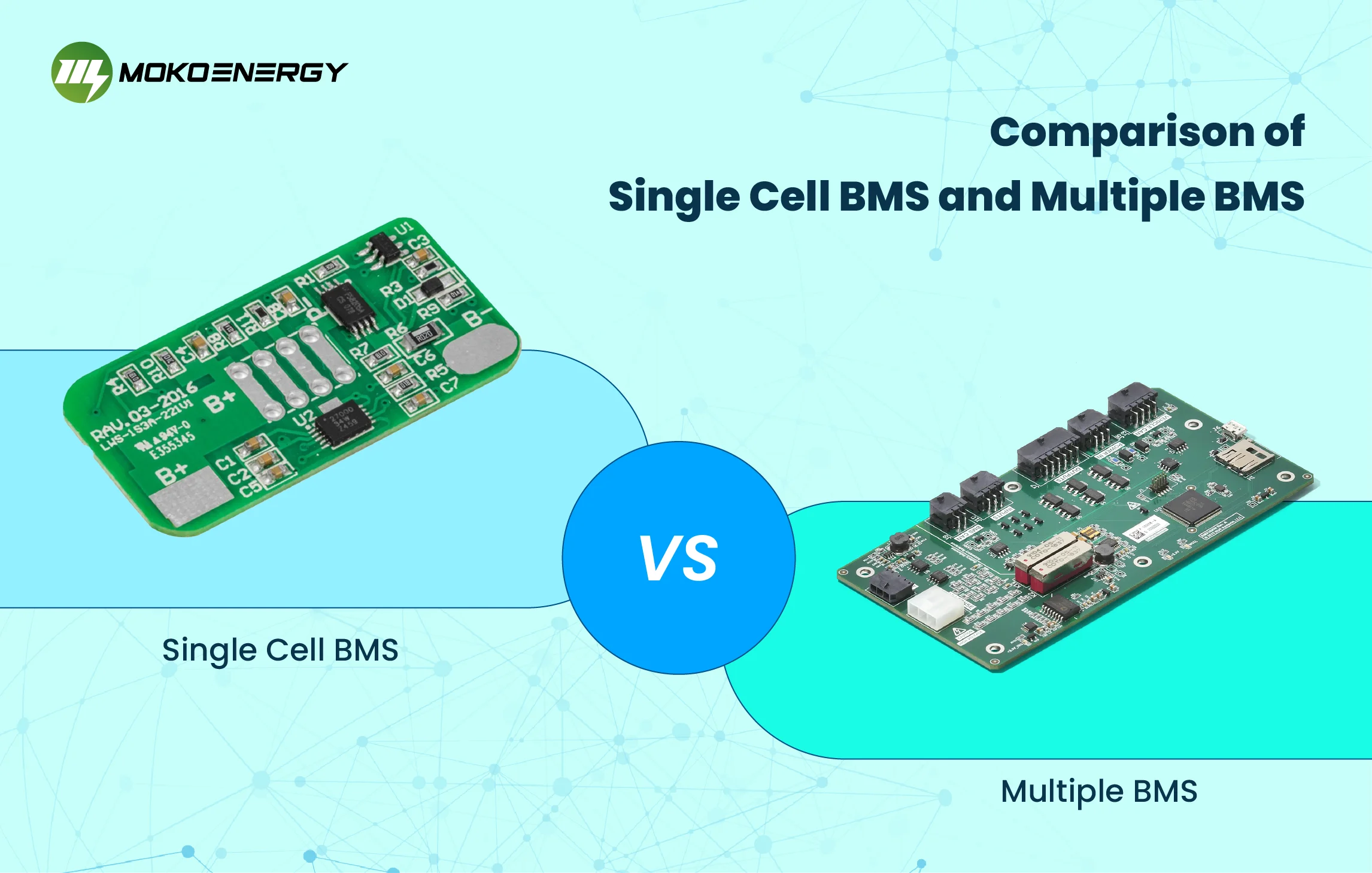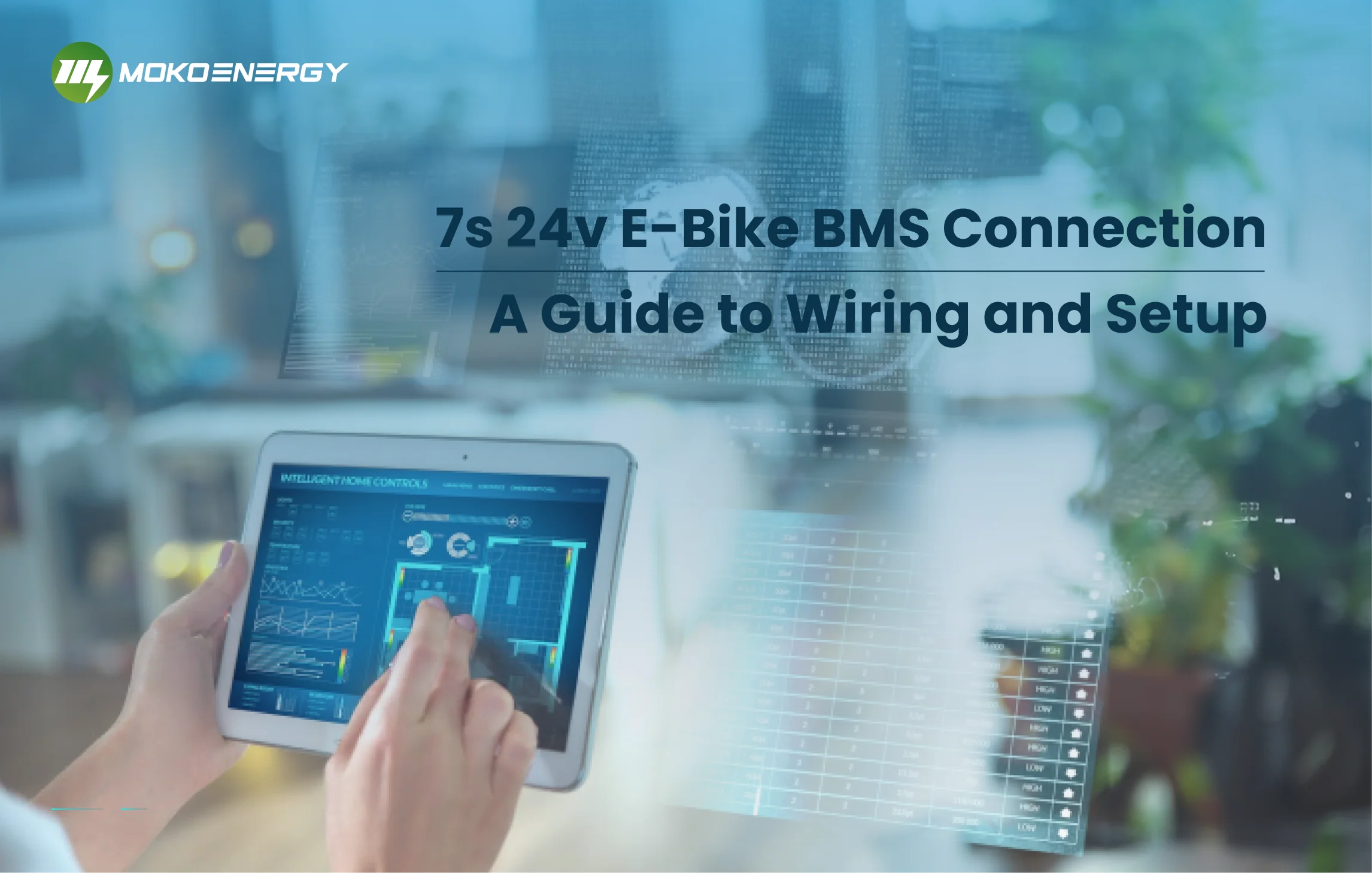If you’ve been having issues with your electric bike lately – trouble charging, low range, or annoying fault codes – chances are your battery management system (BMS) could use a reset. Resetting this important system can get your e-bike back up and running smoothly. This guide will cover everything you need to know about your e-bike BMS reset.
What is A BMS on An E-Bike?
An e-bike BMS is an integrated network of sensors and controllers that monitors and regulates the battery pack’s operation. The BMS acts as the brain and nervous system for the battery, working non-stop to optimize performance.
The main roles a BMS fulfills in an e-bike battery pack include:
- Charging/discharging regulation: Controls current flow in/out and stops it at set thresholds
- Protection from issues like over-current, short circuits, overheating
- Cell balancing: Helps ensure all battery cells charge/discharge evenly
- Battery monitoring and reporting: Tracks data like current, voltage, temperature
By handling these key functions, the BMS maximizes the battery’s efficiency, lifespan, and safety during day-to-day use. Let’s look under the hood at how it accomplishes this vital job…
How Does BMS Work Inside an E-Bike Battery Pack?
An e-bike battery pack contains not just one large battery cell, but several smaller lithium cells bundled together. This cluster of multiple cells with interconnected circuitry poses monitoring and regulation challenges that standard individual cells don’t require.

That’s where the BMS comes in – it’s designed specifically to master all those cells as a unified pack. A BMS has several components embedded into the battery to make this possible:
- Integrated circuit chip (controls BMS logic functions)
- Sensors to monitor temperature, current, voltage, etc.
- Balance wires providing links to all cells
- Additional regulators, switches, wiring, terminals, etc.
Together, these pieces enable the BMS brain to keep continuous tabs on each cell group and the overall pack. The system can then dynamically take action to balance out the charge levels across cells. For example, if a few cells start getting overly depleted or charged compared to the rest, the BMS can shuffle power between them until any charge differences even out.
This balancing act helps prevent cell under- or over-charging, which reduces fire, failure, or premature aging risks. Those same risks are why the BMS needs to cut off charging or discharging entirely when potentially hazardous voltage/current/temp thresholds are nearing the overall pack. The BMS pulls countless behind-the-scenes moves to optimize electrical flow and safety!
How to Reset an E-Bike Battery Management System in 6 Simple Steps
Resetting your e-bike’s battery management system has the potential to solve a variety of power issues, but the process must be done carefully. Follow these steps exactly to safely reboot your BMS:
Step 1: Unlock Battery
Fully power off your e-bike and locate the battery pack. Most batteries lock in place, so you will need your key to turn and unlock the holding mechanism. Look for the lock icon near the battery compartment. The key should slide in easily – do not force. Rotate the key or lever until the lock clicks and releases.
Step 2: Disconnect Power
With battery power now totally disconnected, wait a minimum of 30 minutes before proceeding further. An hour is even better. This pause is a crucial part of the reset, allowing all residual electricity to dissipate from capacitors and other components. Skipping this wait time risks the reset failing to complete or not sticking. Set a timer and walk away until ready.
Step 3: Clean Connectors
Check your battery contacts/connectors for debris or damage before reinserting into the e-bike frame cradle. Use isopropyl alcohol and a cotton swab to carefully clean the terminals if needed. Ensure dry before continuing.
Step 4: Reinstall Battery
Line the battery pack up correctly, matching the rail channels. Slide into place gently. An audible snap indicates full reseating of connectors. Re-engage the battery lock and remove key. Brief flashing of interface lights is normal upon reconnection as the systems reboot.
Step 5: Reboot System
Turn your e-bike power switch back on. Warning lights should remain solid if the reset succeeded. Attempt to charge the battery. Within 20 minutes, charging should initiate, confirming BMS reboot completion.
Step 6: Verify Function
If the system fails to charge or other issues persist post-reset, additional troubleshooting or dealer servicing of components may be required. Contact technical support with full details of problems to determine the next steps. Avoid repeatedly cycling the battery without functional BMS oversight.
That’s all there is to it! Going forward, avoid frequent full discharges which strain the balancing capabilities. Also, check that connections remain snug so vibration doesn’t interrupt the BMS oversight.
When Do You Need to Have Your E-Bike BMS Reset?
In most cases, the BMS runs silently in the background without issues. So why would it suddenly need a reset? There are a few telltale signs:
- Persistent BMS error codes/fault messages
- The battery won’t charge properly or hold much of a charge
- Greatly reduced range (miles/km per charge)
- Intermittent or total loss of power
Any of those could signal worn-out cells or unbalanced charges that the BMS can no longer automatically correct itself. Resetting kicks the brain into recalibrating all its charge monitoring, protection thresholds, and control functions. This essentially gives the BMS a fresh start to re-balance and optimize everything electronically.
A BMS reset is also needed whenever an e-bike’s battery pack is replaced. This gives the new BMS a chance to scan all the new cells and map out appropriate thresholds for them.
Conclusion on Resetting an E-Bike Battery Management System
As you can see, the battery management system is indispensable for properly running and safeguarding your e-bike’s battery pack. While mostly invisible in daily riding, keeping tabs on this critical component and resetting it when necessary keeps everything operating optimally for the long haul.
To recap, remember to perform an occasional BMS reset if you see:
- Persistent error codes or faults
- Charging problems
- Reduced range/performance
Doing a proper reset is straightforward – just power down, disconnect for 30+ minutes rest, then reconnect and turn back on. This gives the BMS a fresh start to rebalance cells and recalibrate all its protective safeguards.
With a smoothly humming BMS overseeing charges, voltage, current, and temperature behind the scenes, you can feel confident your e-bike battery will keep efficiently and safely powering more eco-friendly miles!
While occasional resets help restore your e-bike’s battery management system, business owners need comprehensive solutions for monitoring entire fleets of e-bikes long-term. That’s where industry leaders like MOKOEnergy set themselves apart. To explore how MOKOEnergy’s BMS solutions can take your e-bike/scooter rental business or delivery fleet to the next level, please contact us. The future of sustainable urban transit depends on efficient, smart energy management, and MOKO leads the way.






